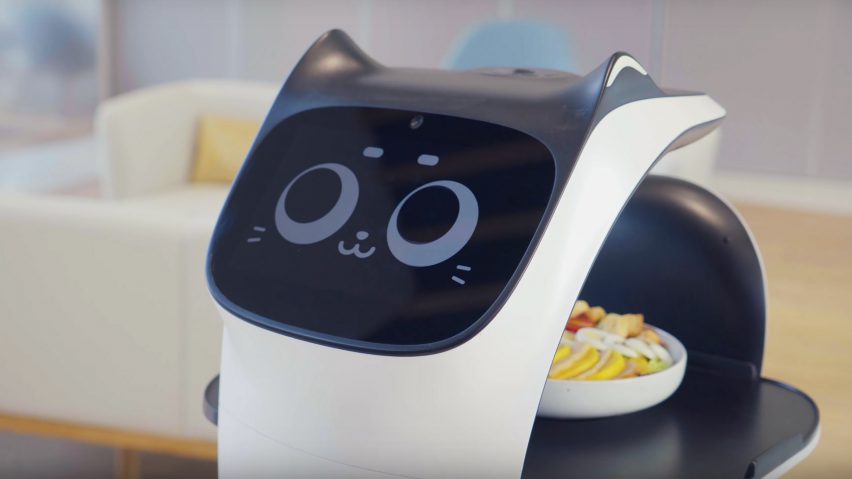
Eight cute and kitschy robots from CES 2020
Smart-home technology and innovative cars were overshadowed at CES by tiny robots designed to be human companions. We've rounded up eight of the kitschiest offerings at this year's event.
Known as the proving ground for the latest gadgets and breakthrough technologies, the annual Consumer Electronics Show (CES) takes place at the beginning of each year, and never fails to impress with its weird and wacky concepts.
This year's event, which took place from 7-10 January 2020, saw Sony unveil a driverless, electric concept car, packed full of its best mobility technologies, while Mercedes-Benz revealed an Avatar-inspired vehicle with scales.
However, what stood out most of all were the unusual robots on show, from a cartoon bear on wheels that delivers toilet rolls to a headless robotic kitten that doubles up as a therapeutic pillow.
Read on for our picks of eight robots that no one needs but everybody wants:
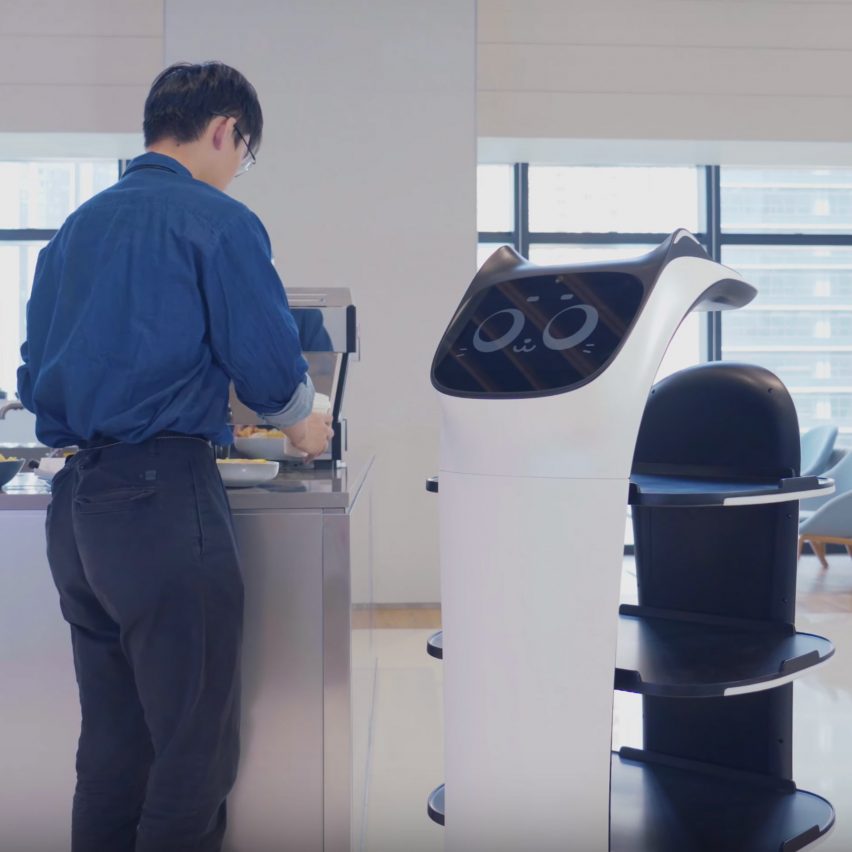
BellaBot by PuduTech
Shenzhen-based tech company PuduTech aimed to offer a solution to understaffed restaurants at this year's CES with an autonomous food-delivery robot, BellaBot.
With the head of a cat and a body comprised of shelves carrying food trays, the BellaBot cat waiter is capable of delivering up to 10 kilograms of restaurant orders to waiting customers, avoiding any obstacles using a combination of cameras and sensors.
It meows as it arrives to encourage customers to collect their order. They can then give the robot a scratch behind the ears or a pat on the head, as the robot purrs in enjoyment. However if people pay it attention for too long, it gets angry at them for distracting it.
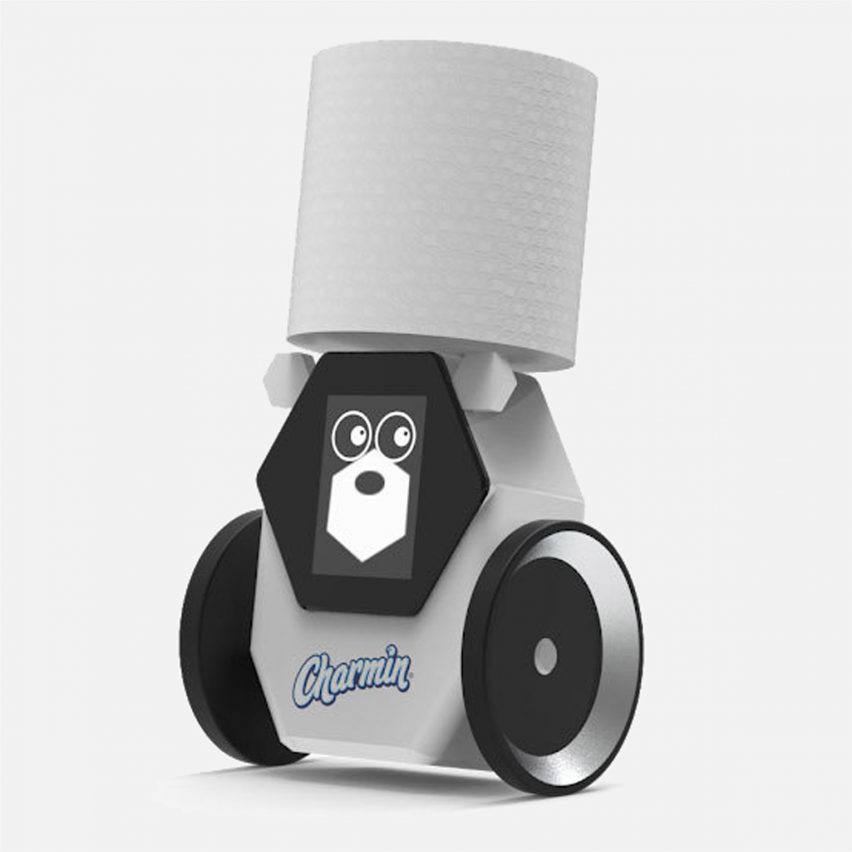
Rollbot by Charmin
This cartoon bear on wheels is designed to deliver a fresh roll to those who are stuck on the toilet and out of paper.
Developed by Procter & Gamble and Charmin's GoLab, the RollBot can be controlled by the user's smartphone via bluetooth to transport fresh toilet roll to the bathroom on top of its head.

Walker by UBtech Robotics
UBtech showcased an upgraded version of its intelligent humanoid Walker service-robot at this year's electronics show. Designed to make day-to-day tasks in home or office environments easier, the robot is now able to perform yoga and tai chi poses.
Other improved functions include faster motion performance and better mobility interactions such as pushing a cart, drawing pictures, writing characters and grasping actions like pouring liquid into a cup.
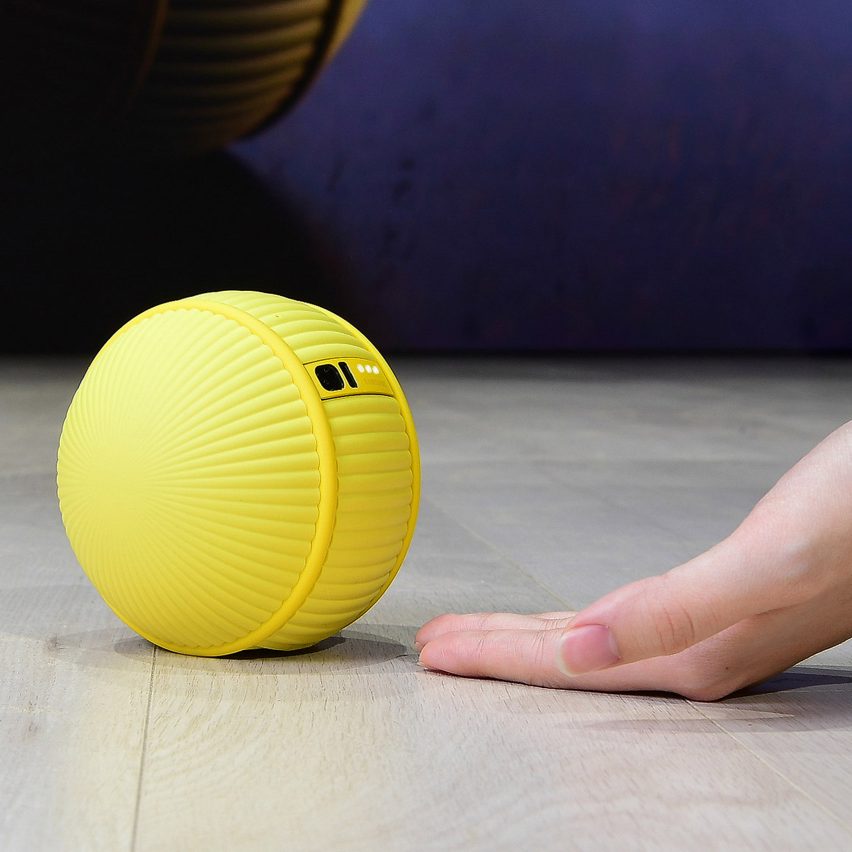
Samsung's small, yellow Ballie robot is designed to act as a personal assistant for the home, and represents the company's vision of robots as "life companions".
The device rolls around the house and uses artificial intelligence (AI) and an in-built camera to recognise and respond to its user's commands, like a pet dog. It can be used as a wakeup call, a fitness assistant, to record moments or to manage other smart devices in the home like TVs and vacuums.
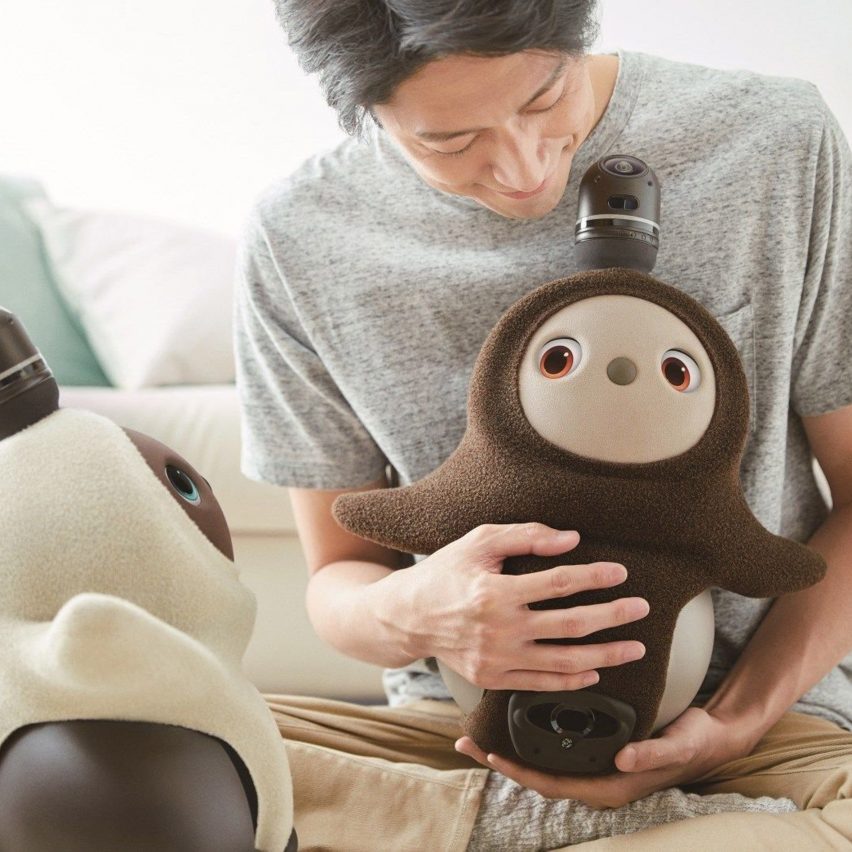
Lovot by Groove X
Another tech alternative to a living pet is the Lovot by Japanese company Groove X. Taking its name from a combination of the words "love" and "robot", the huggable device is designed to "to enhance levels of comfort and feelings of love".
Not only does Lovot feature big eyes, a button nose and two flipper-like arms that move when it wants to dance or be picked up, but it also has 10 or more CPU cores, 20 or more MCUs, and 50 or more sensors to imitate the behaviour of a living being.
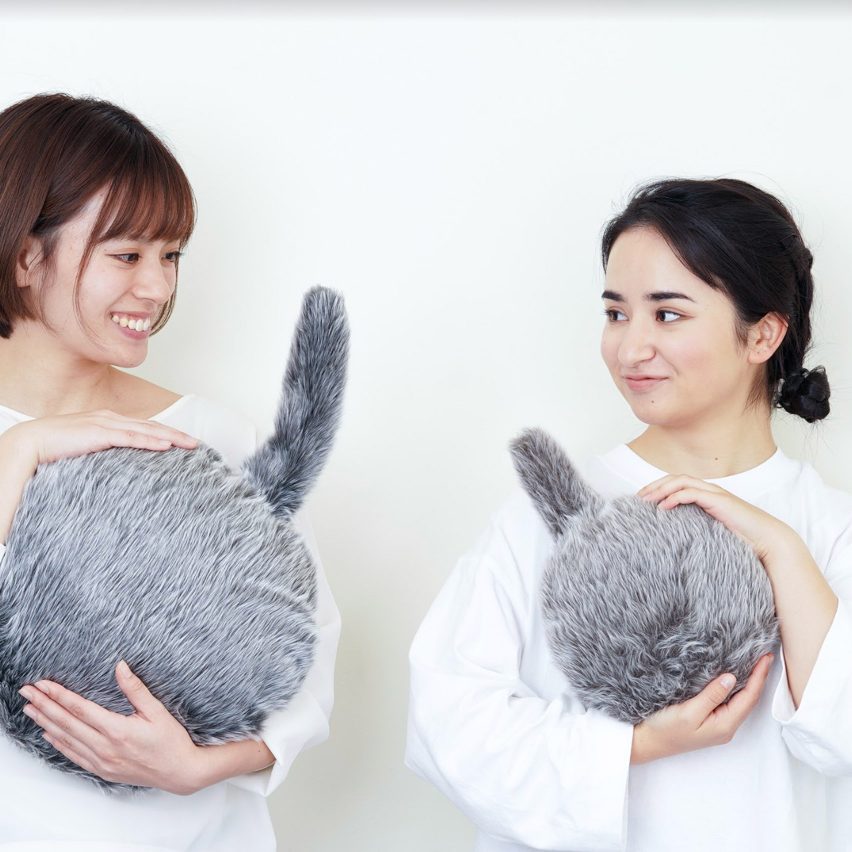
Petit Qoobo by Yukai Engineering
Tokyo-based robotics startup Yukai Engineering also joined in with the pet trend this year with its Petit Qoobe – a headless robotic kitten that doubles up as a tail-wagging therapeutic pillow.
The robot is designed for people who want to own a pet but can't due to allergies, their profession or living situation. A more compact version of the brand's Qoobo robot, the Petit Qoobo spontaneously moves its tail and vibrates in reaction to its surroundings.

Smellsense by Charmin
Another bathroom innovation presented by Proctor & Gamble and Charmin's GoLab at this year's CES was the SmellSense – an electric monitoring system for the toilet that uses a smell sensor to inform anyone entering whether it is "safe" to do so or not.
Depending on how much carbon dioxide or hydrogen sulfide is present in the air, the bear-faced sensor will inform the user about the conditions inside the bathroom on their smartphone.
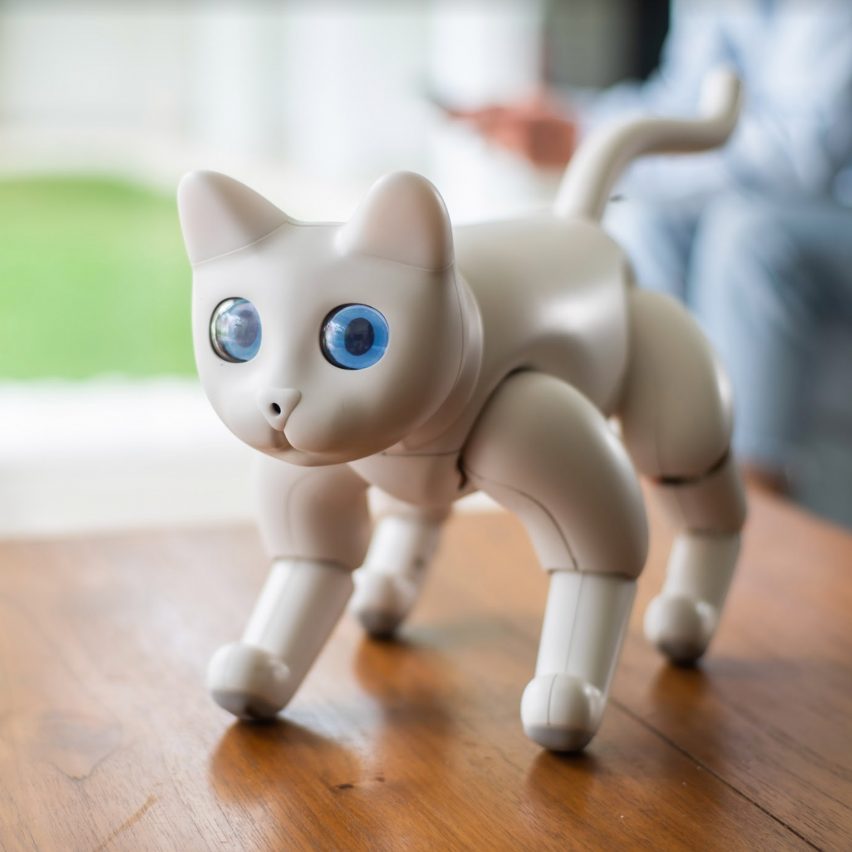
MarsCat by Elephant Robotics
Shenzhen-based Elephant Robotics presented its MarsCat at CES 2020 – a robot cat companion designed to imitate the behaviours of a pet cat from sleeping, playing and stretching to kneading and burying litter, despite not producing any waste.
Built on an open-source platform, users can program the MarsCat to perform different actions. It features six changeable characters, including enthusiastic, lazy, social or shy.